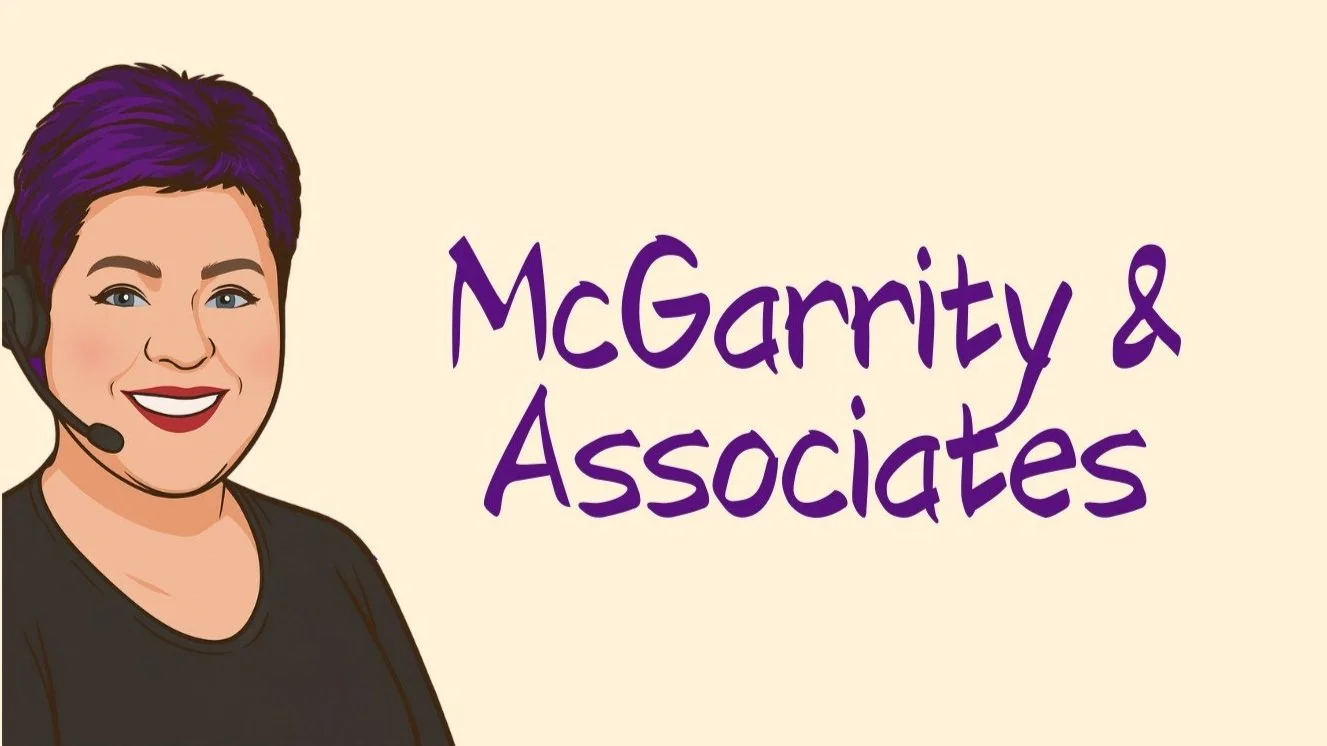Adulting at 26: Your Step-by-Step Guide to Health Insurance
Turning 26 is a mixed bag. You can rent a car without extra fees, maybe buy your own coffee table (instead of flipping a milk crate), and finally start to feel like a real adult.
But there’s a downside too: you’re officially aging off your parents’ health insurance plan.
And if you're like most people, you're not exactly jazzed about shopping for coverage. The process is confusing, the choices feel overwhelming, and let's be real—most of the explanations out there sound like they were written by robots who went to law school.
This blog will walk you through exactly what to do when you’re about to—or just did—age off your parent’s plan, without jargon or scare tactics. I’ll break down your options, key timelines, and how to find a plan that actually makes sense for your life and your budget.
Why 26 Is the Magic Number
Under the Affordable Care Act (ACA), most young adults can stay on their parents’ health insurance until the end of the month they turn 26. Not the exact birthday—so if you turn 26 on the 3rd, you're still covered until the 30th (unless the insurance plan works differently, so always double-check). Some employer-sponsored plans end coverage at the end of the plan year or end of the month—so ask HR or the insurance company if you're unsure.
If you're married, living in a different state, or not financially dependent on your parents, you can still stay on their plan up until 26. But once you hit that threshold? It's time to fly solo.
Your Options When You Age Off a Parent’s Plan
Let’s go over what you can do—and what you should do, depending on your situation.
Option 1: Get Coverage Through Your Employer
If you're working full-time (or even part-time with benefits), this is usually the simplest and most affordable route. Many companies subsidize premiums, meaning you’ll pay less than you would on the open market.
Pros:
Payroll deductions make payments easy.
Your employer often pays a big chunk of the premium.
Plans usually offer decent networks and benefits.
Cons:
If your job is freelance, gig-based, or under 30 hours/week, you may not qualify.
Some jobs only offer limited enrollment periods.
🧠 Pro tip: Losing coverage under a parent’s plan qualifies you for a special enrollment period at your job—even if it’s not “open enrollment” time.
Option 2: Enroll in a Marketplace (ACA) Plan
If you don’t have access to job-based insurance—or it’s too expensive—the ACA Marketplace is your next stop. It’s run by the federal government (Healthcare.gov) or your state, and it offers private health insurance plans that can be significantly discounted based on income.
Pros:
You may qualify for subsidies (called "premium tax credits").
You can't be denied for pre-existing conditions.
Plans cover essential services: doctor visits, ER, prescriptions, mental health, birth control, etc.
Cons:
The application can be...tedious.
Plans may have high deductibles if you opt for a lower monthly premium.
If you don’t qualify for subsidies, these plans can be very expensive
Plan prices may be subject to changes due to upcoming legislation
🧠 Pro tip: If you’re making less than $40,000/year on your own, you probably qualify for a subsidy. In fact, you could pay under $100/month for a decent plan.
📅 You have 60 days from the date you lose coverage to enroll under this “Special Enrollment Period.” Miss it? You’ll need to wait for Open Enrollment (Nov 1–Jan 15).
Option 3: A College or University Health Plan
If you’re a full-time student, your college may offer a student health plan that meets ACA requirements.
Pros:
Usually low-cost (may be by semester instead of monthly)
Premiums can be bundled into tuition.
Often include campus health centers and local providers.
Cons:
Limited provider networks.
Might not cover you well outside of school’s geographic area.
If you're graduating around the time you age out, this may only be a temporary option, so keep that in mind.
Option 4: Medicaid (If You Qualify)
Medicaid is health coverage for people with low income, and eligibility is determined by your individual income (not your parents’).
Pros:
Free or very low cost.
No deductibles in many states.
Covers a wide range of services.
Cons:
Not accepted by all doctors.
Some states have more restrictions than others.
In 2025, if you're making under around $20,000/year (varies slightly by state), you may qualify.
🧠 Heads up: Florida, Georgia, and Texas (among others) haven’t expanded Medicaid, so eligibility there is stricter. Always check your state’s rules.
Option 5: Catastrophic Plans (If You’re Under 30)
These are bare-bones ACA-compliant plans with low monthly premiums and very high deductibles—meant to protect you from worst-case scenarios.
Pros:
Lower premiums.
Good emergency coverage.
Cons:
You’ll pay out of pocket for most care until you hit a high deductible.
You must be under 30 OR qualify for a “hardship exemption.”
🧠 This can be a good “stopgap” plan if you’re healthy, broke, and just want something to cover ER bills.
Option 6: Health-based (Underwritten) Plans
These are low-cost, month-to-month plans that don’t take people with pre-existing conditions and rarely cover things like maternity or mental health.
Pros:
Cheaper than ACA plans (especially if you don’t qualify for a subsidy).
Quick to enroll in.
Often includes extras like telehealth, supplemental coverage, and wellness benefits.
Cons:
Not everyone qualifies (preexisting conditions may lead to denial).
Not available in all states.
🧠 Pro tip: If you're generally healthy, this can be one of the most cost-effective ways to get long-term, consistent coverage. But don't wait until you're sick to apply; it’s like trying to get car insurance after your car is totaled.
What Happens If You Do Nothing?
You're not legally required to have health insurance anymore, but going uninsured is a financial time bomb. A broken leg, appendicitis, or even a bad flu season could land you with a $5,000–$50,000 bill.
The average ER visit? $2,600.
A three-day hospital stay? $30,000+.
No, thanks.
Real Talk: How Much Will This Cost Me?
It depends on your income, location, and whether you're eligible for any subsidies. But here's a rough guide:
How to Pick a Plan Without Losing Your Mind
Here’s a basic checklist:
Know your budget. What can you realistically afford monthly? Don’t forget your deductible and expected copays too.
Check your prescriptions. Make sure your plan covers your medications.
Choose your doctors. If you have a favorite provider, see if they’re “in-network.”
Think about location. Will you need coverage in more than one state (for school, travel, work)?
Get help if you need it. Seriously. Health insurance is confusing on purpose. You don’t have to go it alone.
TL;DR — Here's What To Do Right Now
✅ Find out when your coverage ends. Usually, it’s the last day of the month you turn 26.
✅ Start comparing options at least 30 days before that.
✅ Use your 60-day special enrollment window wisely—especially if you’re shopping on the Marketplace or enrolling in a job-based plan.
✅ Don’t panic. You’ve got options—and if you’re reading this, you’re already ahead of the game.
Need Help? That’s What I’m Here For.
I help people every single day figure out health insurance that actually works for their lives. I can walk you through your options, help you apply, explain the confusing fine print, and make sure you don’t overpay or accidentally miss something important.
Whether you're 26 and flying solo for the first time, or you're a parent trying to help your adult kid without losing your mind in the process, I’ve got you.
📅 Book a Free Consultation
📧 Or drop me a message if you're not sure where to start.
No spam, no pressure. Just real answers from a human who gets it.
Coming Soon on the Blog:
What Is the Out-of-Pocket Max and Why Should You Care?
Marketplace Myths That Cost People Money
Health Insurance for Freelancers: How to Not Get Screwed



